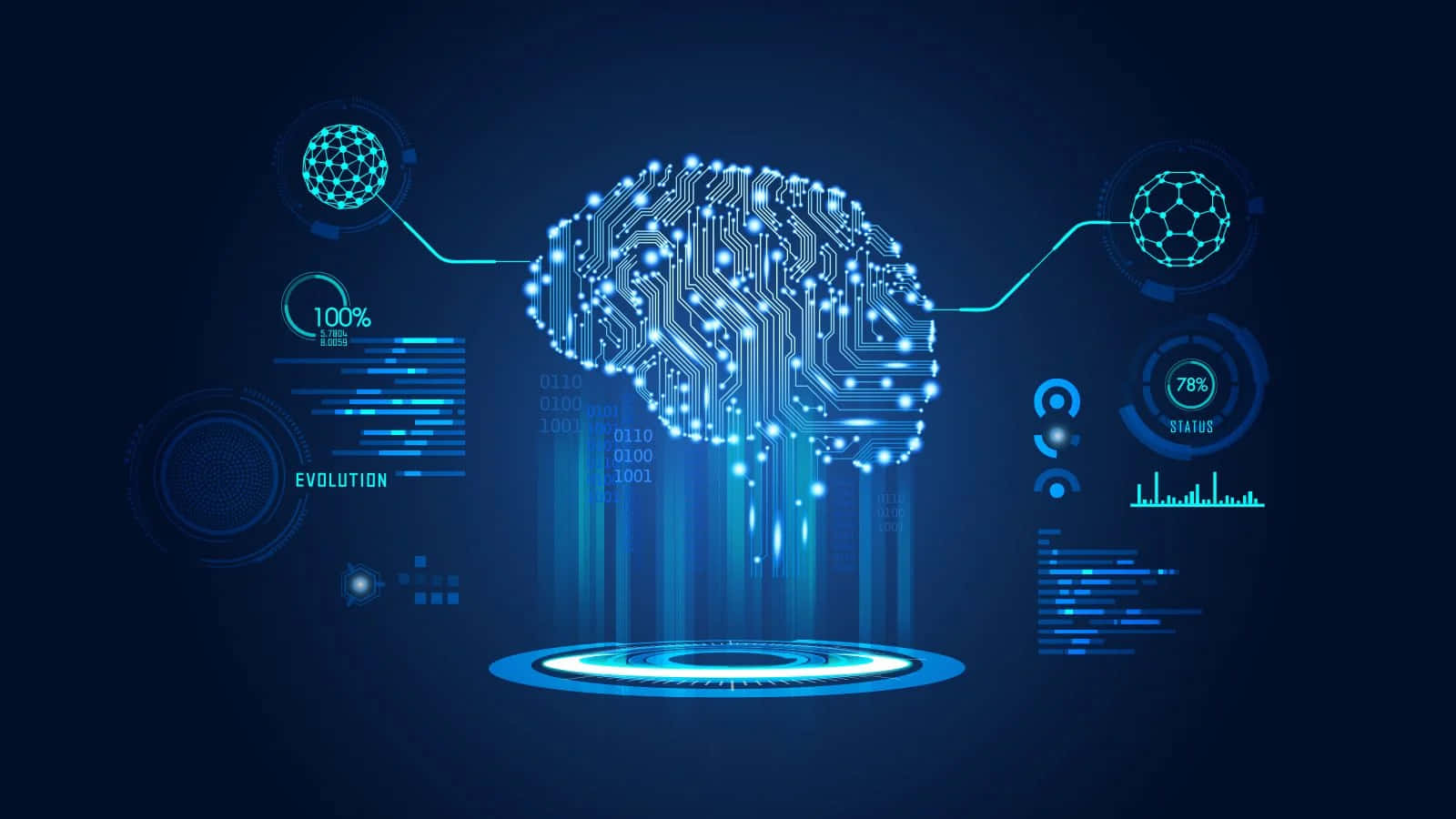The cybersecurity landscape is facing its most fundamental transformation since the birth of the internet. We're no longer just defending against human hackers; we're now facing intelligent systems that can learn, adapt, and evolve their attack strategies in real-time. Artificial Intelligence has become the ultimate force multiplier for cybercriminals, creating threats that study our defenses and continuously reshape themselves to bypass security measures. This represents a paradigm shift from static malware to living, learning digital adversaries that become more effective with each interaction.
Traditional signature-based security systems are becoming increasingly obsolete against these new threats. AI-powered malware can now analyze its environment and modify its own code to avoid detection, essentially creating unique variants for each target. Imagine ransomware that studies network traffic patterns to choose the optimal time to strike, or a worm that automatically adjusts its propagation method based on what security software it detects. These systems don't just execute predetermined attacks—they learn from their successes and failures, becoming more sophisticated with each attempted breach.
The most concerning development is the emergence of autonomous attack networks. These AI systems can manage thousands of simultaneous intrusion attempts across multiple organizations, sharing intelligence between compromised systems in real-time. When one node discovers a vulnerability or successful technique, that knowledge is instantly propagated throughout the entire network. This creates a distributed learning system where the collective intelligence of the attack grows exponentially, making traditional perimeter defense strategies inadequate against this constantly evolving threat.
Defending against these intelligent threats requires an equally sophisticated approach. Security teams must embrace AI-driven defense systems that can predict attack vectors, identify patterns across millions of data points, and automatically deploy countermeasures faster than any human team could manage. The future of cybersecurity lies in machine-to-machine combat, where AI defenders constantly battle AI attackers in a high-stakes digital arms race that never sleeps.

